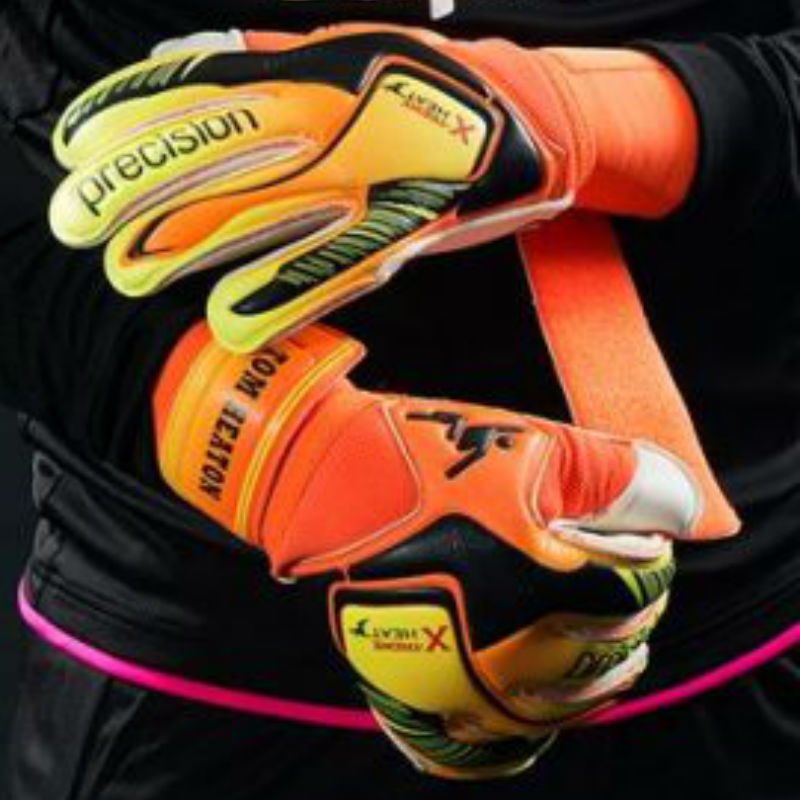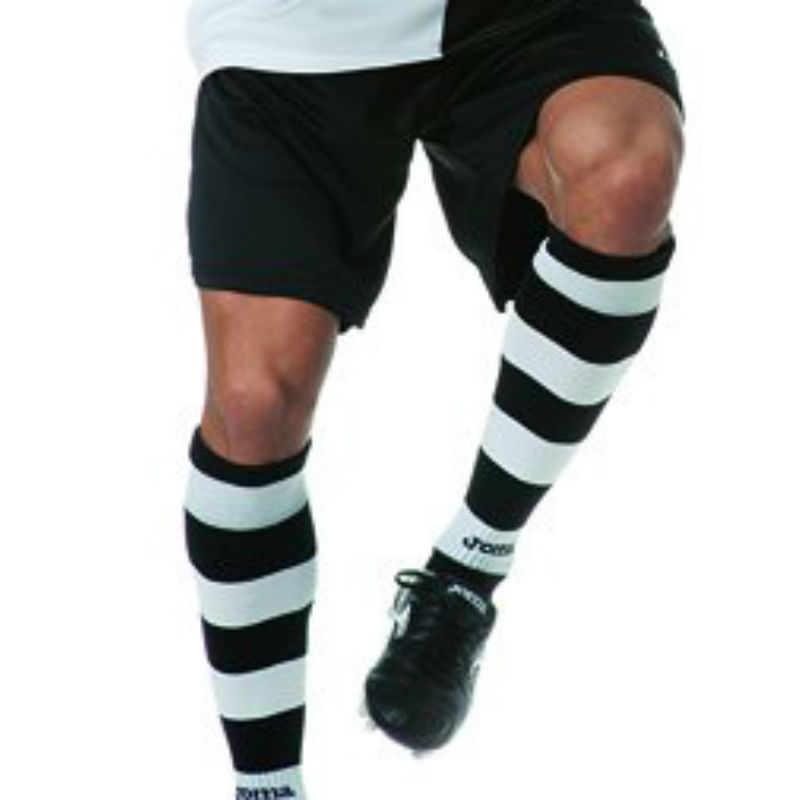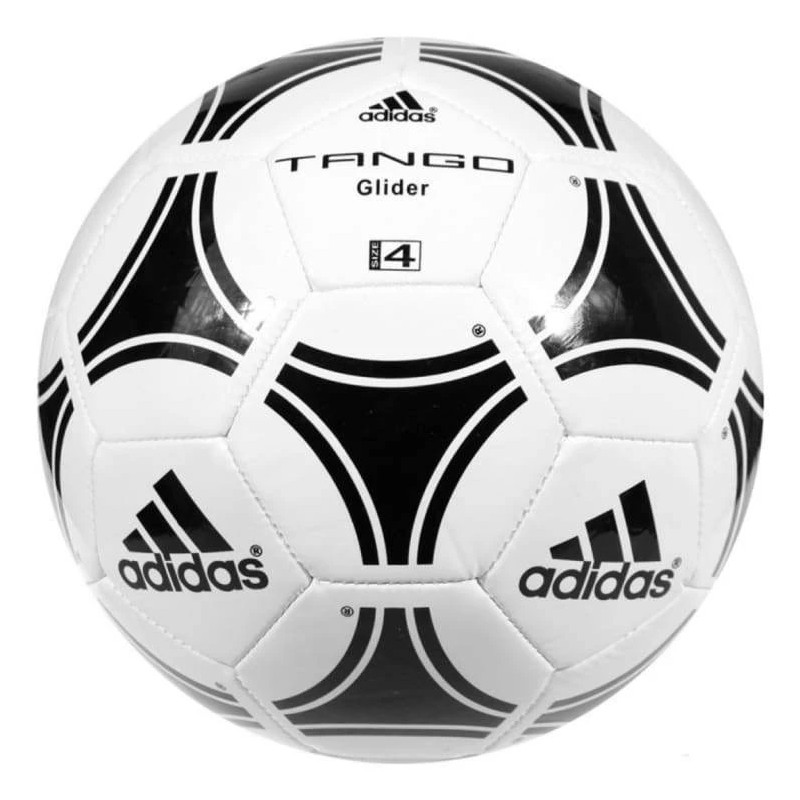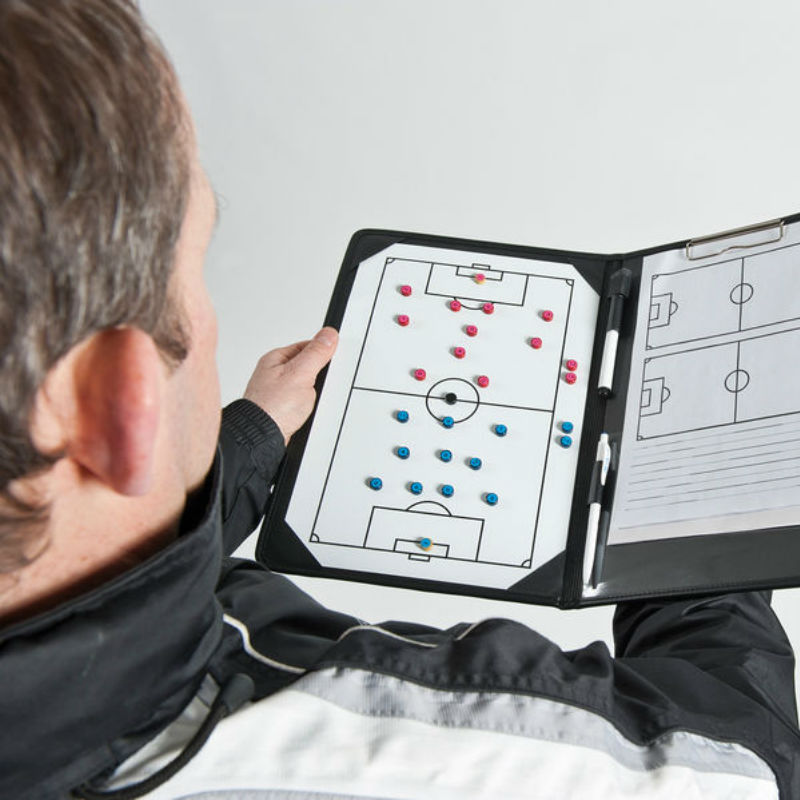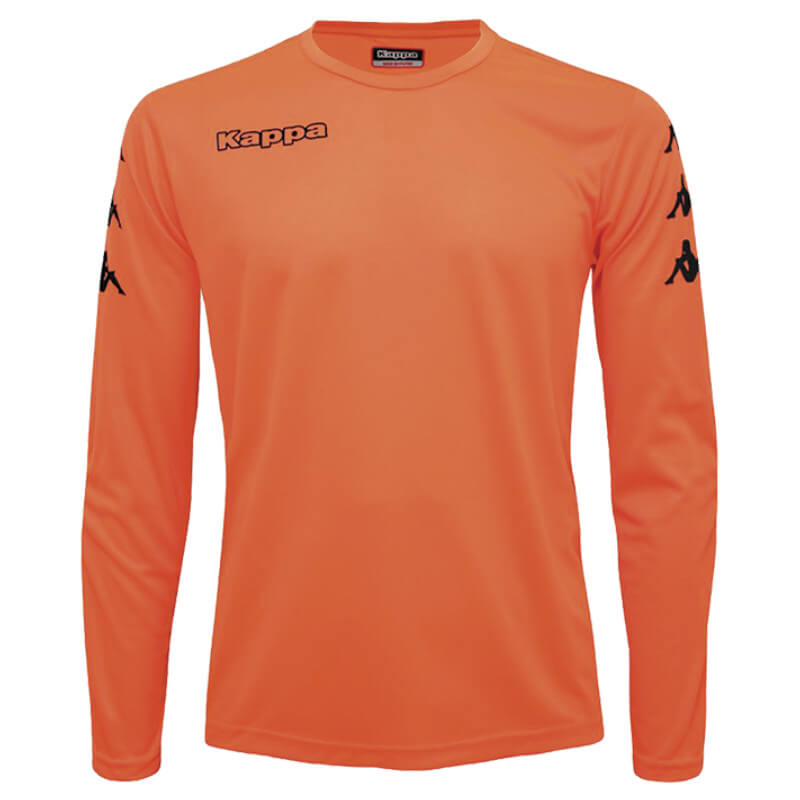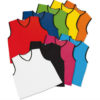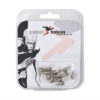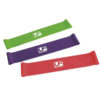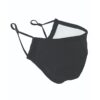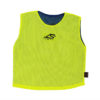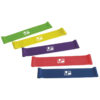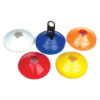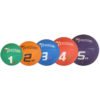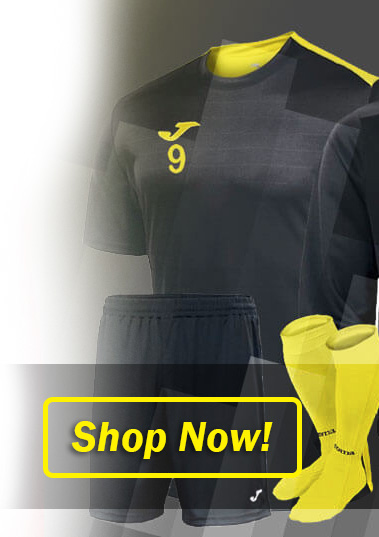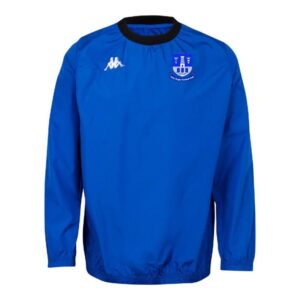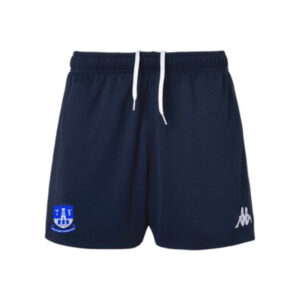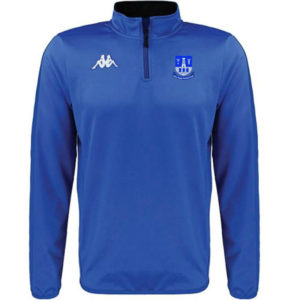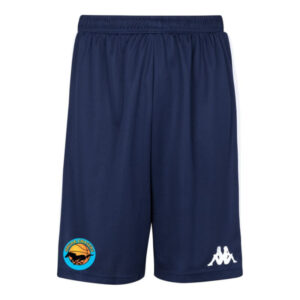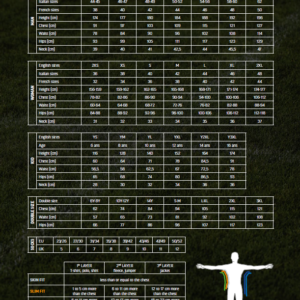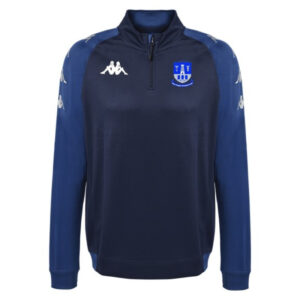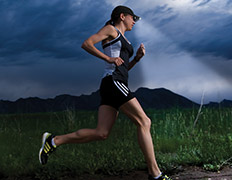No products in the cart.
General Sports Advice, Running
Guide To Running Clothing
When you run your heart rate increases, so you are likely to produce more sweat. For this reason, you need breathable clothing that is capable of wicking moisture from your skin. Clothing made from cotton should be avoided as the cotton tends to absorb moisture, which causes the clothes to be heavy and wet during exercise.
There have been fantastic advancements with fabric technology in recent years, and now runners are spoiled for choice with lightweight, breathable and stretchy fabrics geared to making the running experience more pleasant.
Running Socks:
As with most Sports Clothing, when it comes to Running Socks, cotton is the enemy. Invest in a good pair of performance running socks to keep your feet cooler and drier which should eliminate blisters from your training. Another good reason to wear Performance Running Socks is the snug customised fit you get. Normal cotton socks do not fit as snugly as Performance Running Socks and can leave gaps between the foot and the shoe. These gaps can cause discomfort and irritation. A light fitting sock moulds to your foot and eliminates rubbing.
Running Tees:
A good Running Tee will be light and breathable. It will be worn “semi-fitted”, not really tight but also not so loose it is flapping around as you run. Some of the better tees will have additional features such as “flat lock stitching” which can seriously reduce the possibility of chafing or irritation. If you run early in the morning or at night, a running tee with reflective properties is a good idea.
Running Shorts:
There are a huge variety of Running Shorts available today, and which one you choose is very much down to personal choice. Regardless of the style, a good Running Short will be made of lightweight, breathable materials. Shorts with an inner brief sewn in can give men added support. Tight cycling shorts can be worn on their own or under regular running shorts for added support to the groin and hamstrings, and to reduce the risk of chafing between the legs.
Running Tights:
As the weather gets colder you might want to move from Running Shorts to Running Tights to keep warmer during your run. There a re a variety of different types out there but once again the key consideration should be that they are light, breathable and the fabric should have a nice stretch to it.
Thermal winter tights will keep you warmer in very low temperatures and very tight compression tights can help reduce injury and even help you keep going for longer by increasing blood flow and reducing lactic acid build up in the muscles.
Running Jackets:
Running Jackets can range from very lightweight “Showerproof” jackets that will keep you reasonably dry and protected from the wind, to fully waterproof jackets that will keep you dry no matter how much it is raining. As well as being much more expensive than lightweight showerproof jackets, fully waterproof jackets are also heavier and less breathable.
Baselayers:
Baselayers are a very important bit of kit. They are worn next to the skin and provide two main functions; Firstly they are designed to remove sweat from your skin to aid the body’s natural cooling process. Secondly they are designed to trap air next to the skin to provide insulation and keep you warm. So almost like magic a good baselayer will cool you down when you are hot and warm you up when you are cold.





